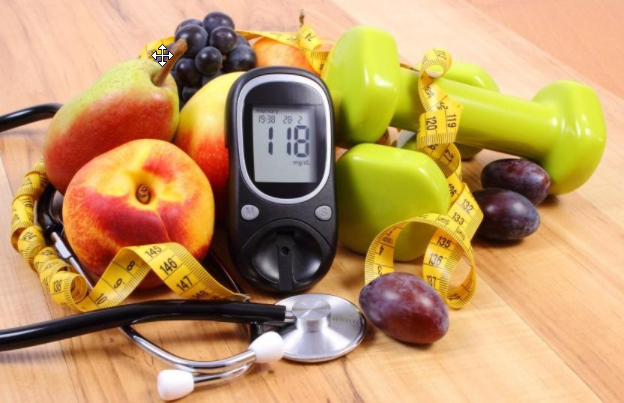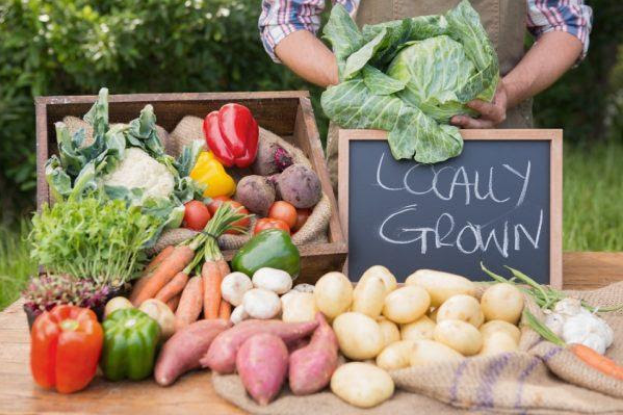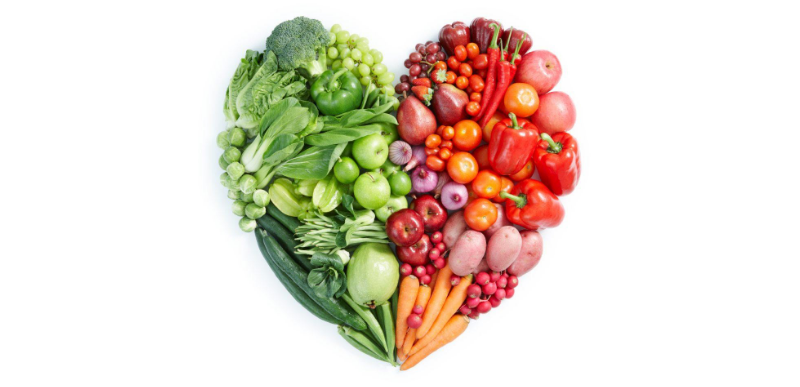
Diabetic-Friendly Foods
Diabetic-Friendly Foods
- Fatty Fish
Salmon, sardines, herring, and mackerel are full of omega-3 fatty acids, specifically EPA (eicosapentaenoic acid) and DHA (docosahexaenoic acid). These fats help promote heart and brain health while also regulating your blood sugar. Try to avoid fried fish, which contains saturated and trans fats. Instead try baking or grilling your fish.
2. Beans Kidney beans, pinto beans, and black beans are a great source of plant-based protein jam-packed with iron, potassium, and magnesium. Beans are a complex carbohydrate, so they’re digested slower and therefore help maintain blood sugar levels. You can easily incorporate beans into a variety of meals such as chili or a salad, just make sure there aren’t any unnecessary added salts.
3. Avocados Rich in fiber and unsaturated fats with less than 1 gram of sugar per serving makes avocados the ideal snack for diabetics. Similar to beans, the high-fat content in avocados slows the digestion of carbohydrates, which in turn helps keep blood sugar levels stable. Try adding some avocado as a side to your eggs for breakfast or chopping it up into a salad.
4. Walnuts Walnuts are high in fiber and alpha-lipoic acid (ALA), while low in net carbs. Research has shown that eating walnuts may reduce LDL (bad) cholesterol and lower blood sugar levels. Try sprinkling some unsalted raw walnuts onto your oatmeal or salad to get your daily dose of nuts.
5. Sweet Potatoes If you’re craving something sweet or starchy, sweet potatoes are a great option for diabetics in moderation. Sweet potatoes have a lower glycemic index than white potatoes, plus they’re rich in fiber, vitamin A, vitamin C, and potassium. Japanese sweet potatoes and purple sweet potatoes are the best options for diabetics, and remember to boil the potatoes to get the most nutrients.
Sources: American Diabetes Association. Healthy Food Choices Made Easy. Retrieved from https://www.diabetes.org/nutrition/healthy-food-choices-made-easy Nazario, B. (2018, December 10). Diabetic Food List: Best and Worst Choices. Retrieved from https://www.webmd.com/diabetes/diabetic-food-list-best- worst-foods Sissons, B. (2019, February 12). 10 best foods for diabetes: What to eat and avoid. Retrieved from https://www.medicalnewstoday.com/articles/324416 Spritzler, F., & Kelly, E. (2020, September 21). The 16 Best Foods to Control Diabetes. Retrieved from https://www.healthline.com/nutrition/16-best- foods-for-diabetics Ware, M. (2019, April 18). 10 diabetes superfoods: Walnuts, avocado, Ezekiel bread, and more. Retrieved from https://www.medicalnewstoday.com/articles/317112 Whelan, C. (2019, July 1). Are Sweet Potatoes a Healthy Food Choice If You Have Diabetes? Retrieved from https://www.healthline.com/health/diabetes/sweet-potato-diabetes





